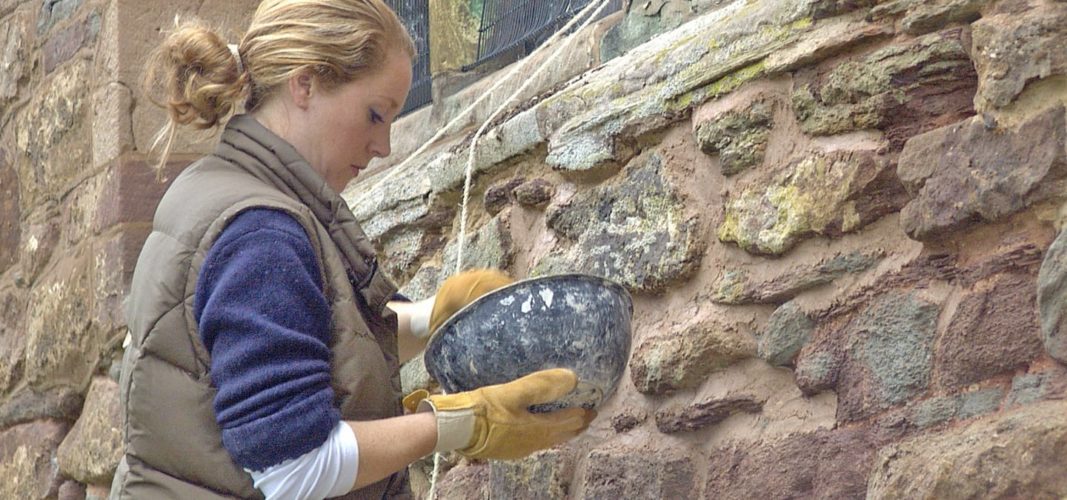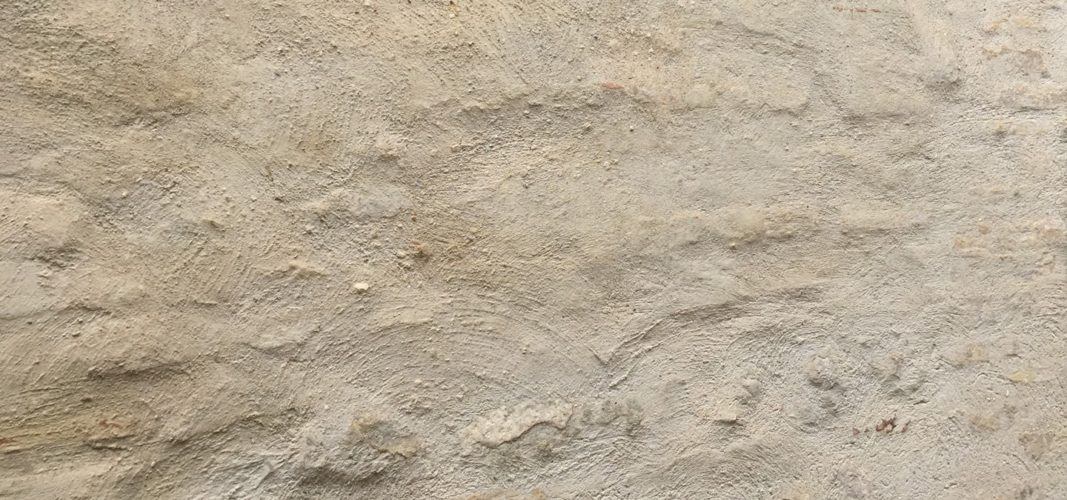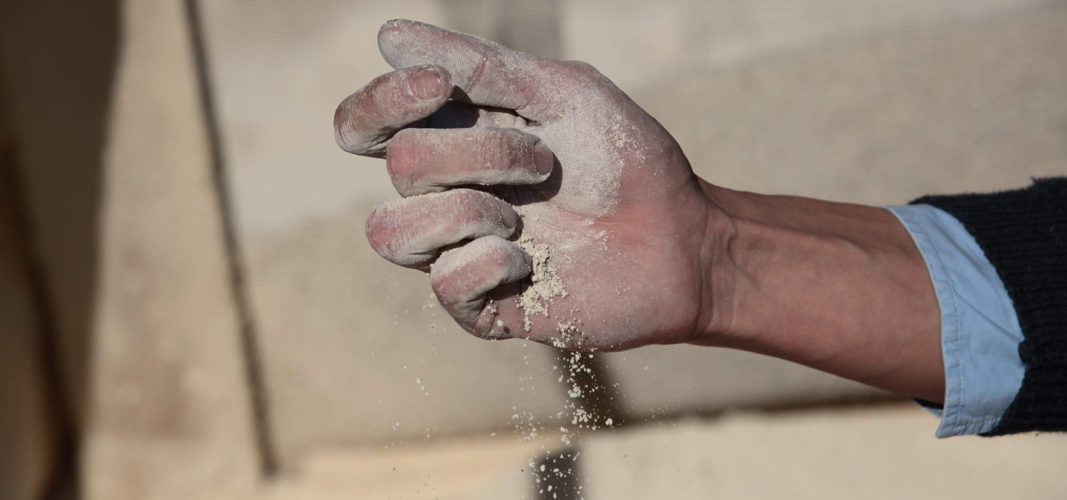Our Natural Hydraulic Lime is made in Italy
burning calcareous marls at low temperature
NATURAL HYDRAULIC LIME
The hydraulic limes are obtained from marly limestones or calcareous marls (natural mixtures of limestone and clays) subjected to burning process at temperatures generally between 1100 and 1250° C. In such conditions calcium oxide is formed, which subsequently combines in part with the silica and the alumina of the clay, forming hydraulic silicates and calcium aluminates, that is compounds which, reacting chemically with water, form stable and insoluble hydrates. That allow the material to harden and remain stable even under water (hydraulic behaviour). On leaving the kiln, the hydraulic lime is subjected to extinction, such as aerial lime, but, given the presence of hydraulic compounds, the extinguishing water is only the stoichiometrically necessary to transform the calcium oxide, left as quicklime , in calcium hydroxide. If, in fact, even the silicates and the aluminates are hydrated, they would not be able to provide hydraulic characteristics during use.
According to the EN 459-1:2010 standard, natural hydraulic lime is available in three different types: NHL 2, NHL 3.5 and NHL 5. The acronym NHL is, in fact, synonymous with Natural Hydraulic Lime. The numbers 2, 3.5 and 5 represent the compressive strength expressed in N/mm2 and are associated with the traditional terms of ‘weakly hydraulic lime’, ‘moderately hydraulic lime’ and ’eminently hydraulic lime’. The merit of the NHL is that each grade is suitable for different types of use and boundary conditions. This means that it is possible to obtain different mortars, adapting them to the type of use, the required performances and the expected durability. Banca della Calce has selected two types of NHL 3.5 and NHL 5 hydraulic lime produced in Italy in traditional, natural draft, coal-fired kilns.
WHAT LIME? WHAT INTERVENTION?
Contrary to what is thought, when choosing a natural hydraulic lime, not always a “stronger” lime is the best solution. The most important thing it’s know what to do and choose the right lime.
In the case of historical walls, by way of example, the mechanical resistances are less important than the chemical-physical compatibility. A NHL 3.5 natural hydraulic lime used in a plaster will give the coating characteristics of breathability and help regulate the relative humidity in indoor environments. Moreover, thanks to the low elastic modulus, it will have the ability to absorb the natural settling of the masonry and the effects of thermal expansion, thus ensuring greater durability over time.
In other cases, of course, mechanical performance will be important. A mortar with a low mechanical strength, will be poorly suited to collect stones and bricks or to make a screed. In these cases, NHL 5 will be the right choice and allows you to build, fix, cover, coat and repoint. Finally, it is necessary to consider the environmental conditions and the degree of exposure to atmospheric agents. The mortar must have a hydraulicity index suitable for the quantity of water, or humidity, with which it will normally be in contact over time. Basically, in the preparation of a mortar it is not enough to choose the stronger or weaker lime, instead it is necessary to select the most suitable one.
Banca della Calce can help you make this choice and support you in the selection and mix design phase of the mortars formulated for your restoration or new construction site, always oriented by conservative principles and green building choices.









